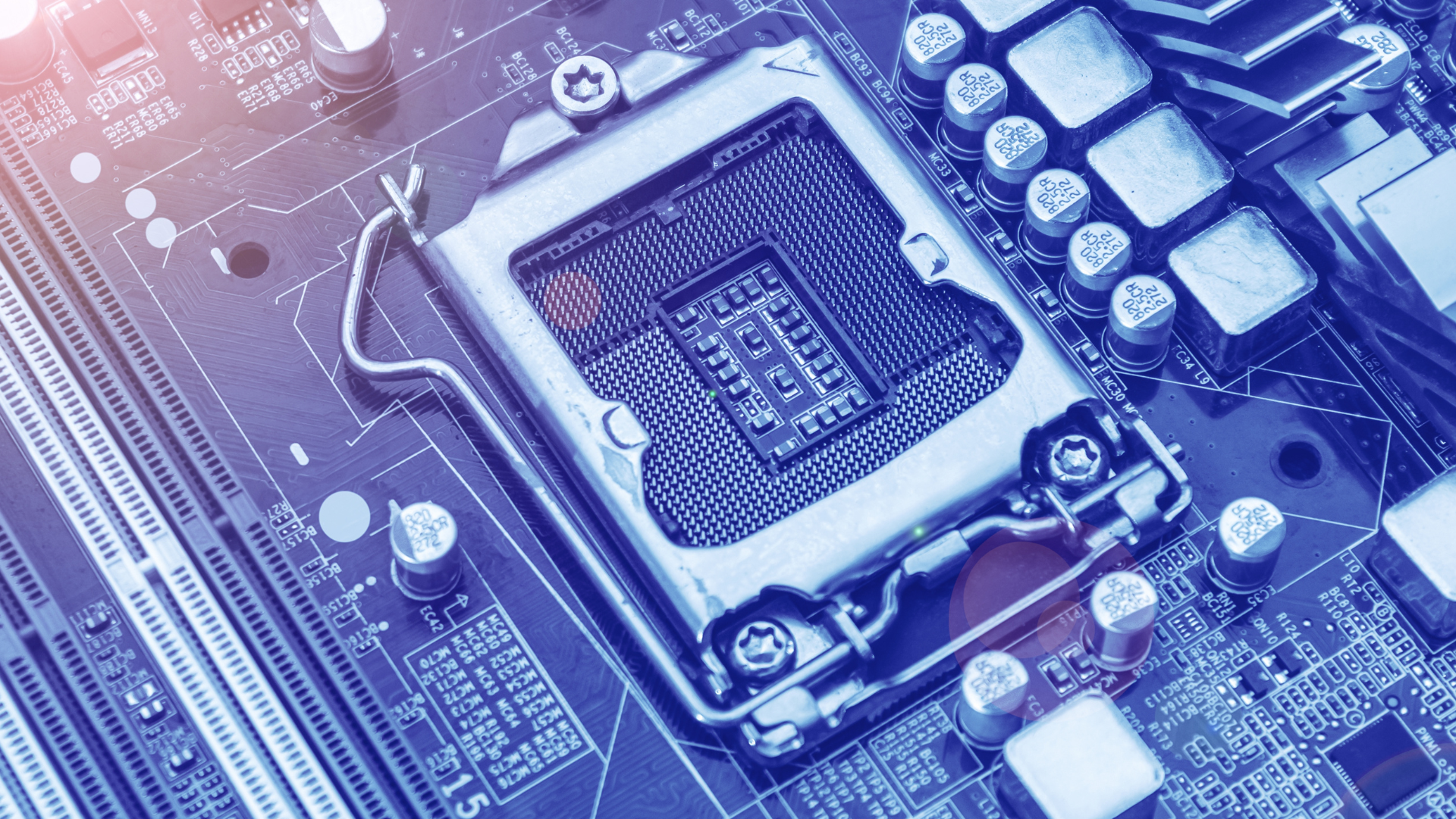12 Sep Driving the Future: How Automotive Semiconductors Power Mobility as a Service (MaaS)
In today’s ever-evolving transportation landscape, Mobility as a Service (MaaS) is transforming how we move from point A to point B. This paradigm shift is not only reshaping our daily commutes but also fueling a growing demand for cutting-edge technologies, particularly within the realms of automotive semiconductors and automotive engineering services.
MaaS, at its core, aims to deliver seamless and integrated transportation solutions by harmonizing various transit modes, including public transportation, ridesharing, bike-sharing, and more, all accessible through a single digital platform. As cities worldwide grapple with traffic congestion and pollution, MaaS emerges as a game-changer, promising sustainable, efficient, and cost-effective urban mobility. This surge in demand for advanced automotive engineering solutions and automotive product engineering, particularly in the semiconductor sector, underscores its pivotal role in shaping our future.
1. The Growing Success of the Automotive Semiconductor Market
The booming automotive semiconductor market reflects the growing importance of semiconductors in the MaaS ecosystem. According to a report by Fortune Business Insights, the global automotive semiconductor market is projected to grow from $59.22 billion in 2022 to $103.85 billion by 2029, at a CAGR of 8.4% in the forecast period. This substantial growth is attributed to the rising adoption of electric and autonomous vehicles and the integration of advanced technologies in traditional automobiles.
Automotive engineering services and automotive product engineering companies stand at the forefront of this growth trajectory. They are actively developing innovative solutions to cater to the evolving demands of the industry. From designing power-efficient chips tailored for electric vehicles to enhancing cybersecurity measures for connected cars, automotive engineers continually push the boundaries of what semiconductors can accomplish within the mobility sector.
Source : Fortune Business Insights
2. The Role of Automotive Semiconductors in Mobility as a Service (MaaS)
At the heart of the MaaS revolution lies the automotive semiconductor industry. These minuscule silicon marvels quietly enable the intelligence and connectivity required for modern vehicles to operate seamlessly within the MaaS ecosystem. Below, we delve into the key ways in which automotive semiconductors are steering the mobility revolution:
♦ Connectivity and Communication
MaaS relies heavily on real-time data exchange between vehicles, infrastructure, and users. Semiconductors power the onboard communication systems that allow vehicles to interact with each other and the broader transportation network, whether V2V (Vehicle-to-Vehicle) or V2I (Vehicle-to-Infrastructure) communication, these chips enable the seamless flow of information critical for safe and efficient Mobility.

For example:
-
- Cellular modems: These semiconductor components enable vehicles to connect to cellular networks and exchange data with other vehicles, infrastructure, and users.
- Ethernet controllers: These chips facilitate high-speed data communication between various vehicle systems, such as the infotainment system, sensors, and control units.
- Wireless communication modules: These semiconductors enable vehicle-to-vehicle (V2V) and vehicle-to-infrastructure (V2I) communication using technologies like Wi-Fi and Bluetooth.
♦ Sensors and Perception
Autonomous vehicles are a significant component of MaaS. To navigate and make decisions in real-time, these vehicles rely on an array of sensors, including LiDAR, radar, and cameras. Automotive semiconductors are at the core of these sensor technologies, processing vast amounts of data and enabling vehicles to “see” and respond to their environment.

For example:
-
- LiDAR processors: These semiconductor chips are responsible for processing the data captured by LiDAR sensors, which use laser beams to measure distances and create detailed 3D maps of the vehicle’s surroundings.
- Radar signal processors: These semiconductors analyze the radar signals received by the vehicle’s radar sensors to detect and track objects, such as other vehicles or pedestrians.
- Image signal processors: These chips process the data from cameras installed in the vehicle, allowing it to recognize and interpret visual information, such as traffic signs or lane markings.
♦ Data Processing and AI
Artificial intelligence (AI) is a driving force behind MaaS, powering predictive maintenance, route optimization, and even ride-hailing algorithms. Automotive semiconductors are crucial in supporting the immense computational power required for AI-based decision-making processes in vehicles.

For example:
-
- Central processing units (CPUs): These semiconductors are the main processing units in vehicles, responsible for executing complex algorithms and performing calculations required for AI-based decision-making processes.
- Graphics processing units (GPUs): These chips accelerate the processing of graphical data and are often used in AI applications, such as computer vision algorithms used in autonomous driving.
- Neural network accelerators: These specialized semiconductors are designed to accelerate the execution of neural network models used in AI applications, enabling faster and more efficient data processing.
♦ Cybersecurity
With the increased connectivity of vehicles in MaaS, the risk of cyberattacks also rises. Semiconductors are instrumental in providing robust security features to protect vehicles from potential threats and breaches. As the automotive industry continues to embrace connectivity and autonomous technologies, the demand for semiconductors with enhanced cybersecurity capabilities is surging.

For example :
-
- Secure microcontrollers: These semiconductor components provide a secure environment for storing and executing sensitive software and cryptographic algorithms, protecting the vehicle’s systems from unauthorized access or tampering.
- Intrusion detection systems: These chips monitor the vehicle’s network traffic and behavior to detect any suspicious activities or potential cyberattacks, triggering appropriate security measures.
- Secure communication modules: These semiconductors ensure secure communication between different vehicle systems, preventing unauthorized access or interception of data transmitted within the vehicle.
3. Conclusion (MaaS)
As Mobility as a Service continues to gain momentum, the automotive semiconductor industry will play an increasingly vital role in shaping the future of transportation. These cutting-edge technologies are powering the intelligence, connectivity, and efficiency required for MaaS to thrive. The semiconductor boom in next-gen mobility services is not just a technological revolution; it’s a revolution in how we live, commute, and interact with our urban environments.
If you are an expert in the Semiconductor or Automotive industry seeking exciting new career opportunities, feel free to connect with us. At Turnpoint Consulting, we specialize in connecting talent with top-notch roles in the Automotive Semiconductor sector.
Register with us today to access exclusive job listings, receive valuable career guidance, and benefit from interview insights provided by our industry-experienced recruiters. Your next career move awaits, and we’re here to help you navigate it successfully. Join Turnpoint Consulting and take the next step toward your professional success in the dynamic world of Automotive Semiconductors.



